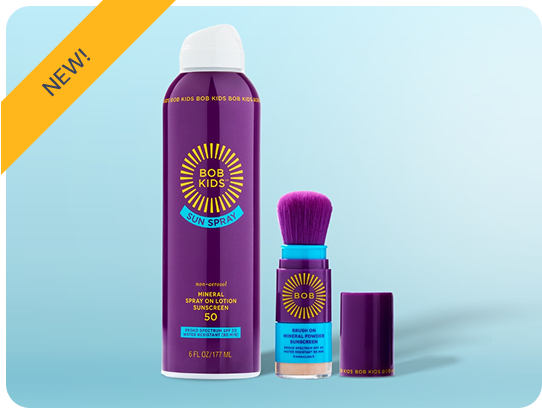They say that everything in Australia wants to kill you. From venomous snakes and spiders to crocodiles and sharks, Australia has its share of scary creatures. But Australia has one other thing that could kill you, and that’s the sun.
Skin cancer rates in Australia are high and have been increasing. This is due to a combination of factors. The country is close to the Equator, so it gets a lot of direct sunlight. The ozone layer above the country is thin, so a higher percentage of UV rays reach the ground. A significant percentage of Aussies have fair skin, which is more susceptible to sun damage, and no one enjoys the outdoors quite as much as Aussies do – with those beautiful beaches and reefs, it’s no wonder that outdoor activities are very common. And the final factor … the tan. Aussies have a cultural preference for tans.
Australia’s Cancer Council has taken a very active role in trying to bring down skin cancer rates, and it is working to some extent. While skin cancer rates continue to increase, the incidence of skin cancer in younger people (under 40) has come down significantly in recent decades.
We recently spoke with Dr. Elizabeth Berry, a board-certified dermatologist at Oregon Health & Science University, who studied melanoma in Brisbane, Australia on a Fulbright scholarship in 2009 and 2010. “When I first went to Australia, I didn’t realize that the UV index went above 10. We went outside one day and it was 13!” Dr. Berry credits the Cancer Council’s public awareness campaigns with the decrease in skin cancer rates in people who were young when the campaigns began.
Sid the Seagull was introduced in 1981 with a catchy song, “Slip, Slop, Slap,” that is likely burned into the memories of Australian children of the 1980s. Slip on a shirt, slop on some sunscreen, slap on a hat may have prevented many a sunburn in the past 40+ years. But then in 2007, the Cancer Council brought Sid back with updated lyrics, “Slip, Slop, Slap, Seek and Slide,” introducing another generation of children to the importance of protecting their skin from UV damage.
Public awareness extends beyond children in Australia. Dr. Berry provided a photograph of one of her favorite signs from her time Down Under. This sign was at the ball fields at the University of Queensland, reminding sports enthusiasts of the UV Index.

Here in the US, the Skin Cancer Foundation estimates a 5.9% increase in melanoma in 2025. The rates are climbing and continue to climb, but there is one good thing to keep in mind about skin cancers. They are one of the most preventable types of cancer. So next time you want to get just a little tan, remember Sid the Seagull and his message that doesn’t just apply to Australians!






